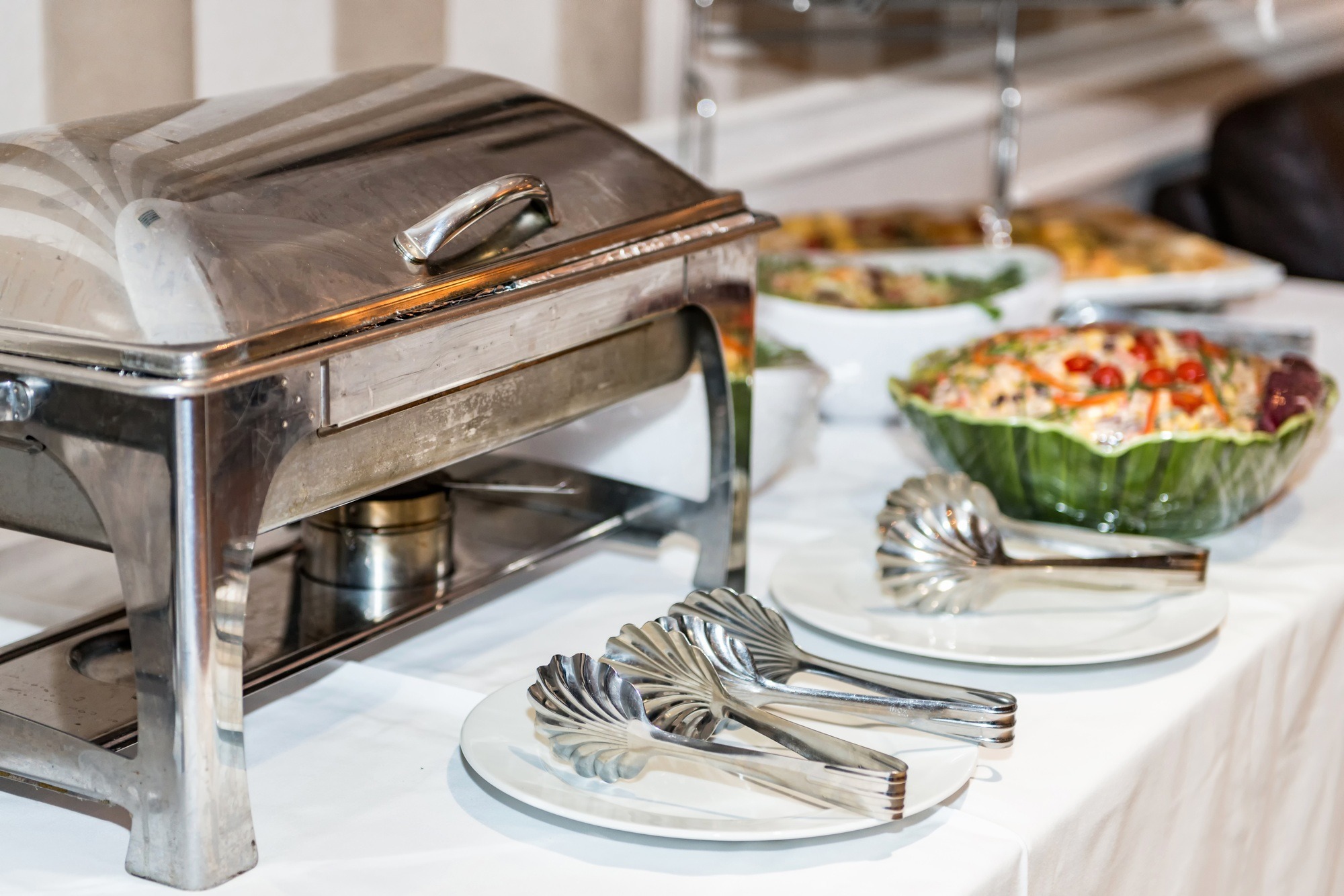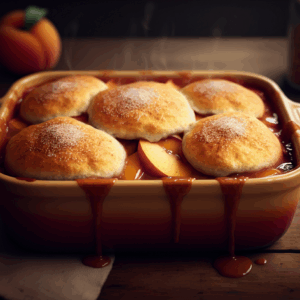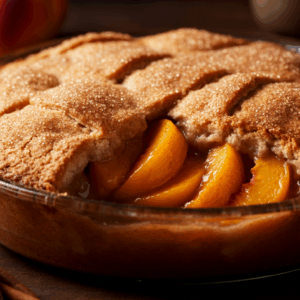BBQ catering is more than just grilling meat; it’s a flavorful art that brings people together over smoky delights, tantalizing barbecue sauces, and mouthwatering sides.
This guide explores the essential tools and various types of BBQ catering, including outdoor cooking techniques and food truck options, ensuring you’re well-prepared for any event.
From determining how much food to serve to mastering grilling techniques, seasoning methods, and crafting the perfect sauces, we cover:
- Everything you need to know.
Whether you’re a seasoned pro or just starting out, this information will help you elevate your BBQ catering game with insights into regional specialties and culinary skills.
The Basics of BBQ Catering
BBQ catering is an essential part of Southern cuisine that celebrates the rich culinary heritage of barbecue, particularly in regions like Eastern Carolina, where smoked meats, pulled pork, brisket, and ribs are staples of community gatherings, family reunions, and events.
With its emphasis on flavor profiles and traditional recipes, the BBQ catering experience is more than just food; it’s about creating unforgettable moments through culinary skills, customer service, and excellent service, ensuring customer satisfaction and enhancing event planning through meticulous food presentation and innovative menu design.
What Are the Essential Tools for BBQ Catering?
To ensure a successful BBQ catering experience, having the right tools is essential. This includes various BBQ equipment such as grills, smokers, and cooking gadgets that aid in fire management, cooking methods, and maintaining the perfect temperature control for smoked meats.
It’s important to consider the different types of grills available, such as charcoal and gas options, each bringing its unique flavor and cooking style to the barbecue pits.
Charcoal grills impart a smoky essence that many BBQ enthusiasts cherish, while gas grills offer convenience and quick ignition for those on a tight schedule.
Smokers, on the other hand, are invaluable for slow-cooking meats to tender perfection, infusing them with rich flavors over hours.
Flavorful marinades and rubs elevate any dish; they not only enhance the natural taste of the meat but also help to create an impressive final presentation that captures guests’ attention.
What Are the Different Types of BBQ Catering?
BBQ catering comes in various forms, catering to diverse preferences and events. From food truck services that bring the flavors of BBQ directly to gatherings, to traditional outdoor cooking setups for party catering, each type captures unique flavor profiles, seasonal ingredients, and regional flavors to deliver an exceptional guest experience.
Food truck BBQ catering is particularly popular for casual events, offering a mobile, gourmet experience with customizable menus that allow guests to choose their favorite items, whether it’s pulled pork sliders or smoked brisket.
Meanwhile, backyard BBQ setups transform residential spaces into festive dining venues, complete with picnic tables and vibrant decorations, perfect for family reunions or summer celebrations.
Tailored event catering options can accommodate specific dietary needs, incorporating vegetarian or gluten-free dishes to ensure every guest feels included, while also providing buffet or plated service based on preference and formality of the occasion.
Preparing for a BBQ Catering Event
Preparing for a BBQ catering event involves a detailed approach to event planning that ensures customer satisfaction and an enjoyable experience for everyone involved. This includes thorough client consultations to discuss menu design, pricing strategies, and considerations for food safety, especially when using seasonal ingredients that add local flavors and support sustainability in the BBQ offerings.
How Many People Should Be Served at a BBQ Catering Event?
Determining how many people should be served at a BBQ catering event is a critical component of event planning that directly affects guest experience and satisfaction. Understanding portion control and considering the type of gathering, whether a community event or a family reunion, can help you calculate the right amount of food to prepare, including main courses and side dishes.
It’s essential to take into account the specific preferences of the guests, including dietary restrictions and popular menu items, as these factors can significantly influence the overall food requirements and menu planning.
For instance, if the event leans towards a casual vibe with diverse offerings, opting for smaller portions might encourage guests to try a variety of dishes.
Effective planning can ensure that no one leaves hungry while minimizing leftover waste, creating a memorable dining experience that caters to everyone’s tastes and enhances the enjoyment of the festivities.
How Much Food and Supplies Should Be Prepared for a BBQ Catering Event?
Preparing the right amount of food and supplies for a BBQ catering event is vital for maintaining food safety and ensuring event logistics run smoothly. This involves careful menu design that considers portion control and the capacity of catering equipment to manage the cooking and serving of smoked meats, sides, and desserts.
It’s essential to strike a balance between main dishes, sides, and desserts to ensure a satisfying experience for all guests. Estimating the quantity of each item requires knowledge of guest preferences, taste profiles, and typical serving sizes, making it crucial to consider dietary restrictions as well.
Having adequate catering equipment, from grills to coolers, supports efficient food preparation while adhering to food safety regulations is paramount to prevent any health risks.
By following these guidelines, planners can create a harmonious meal that delights attendees and fosters a successful gathering, with an emphasis on sustainability and local farms.
How to Plan and Organize a BBQ Catering Menu
Planning and organizing a BBQ catering menu is essential for maximizing customer satisfaction and showcasing culinary skills. A well-thought-out menu design incorporates seasonal ingredients, traditional BBQ favorites like pulled pork and ribs, artisan BBQ options, and smart food pairing to create a memorable experience.
When curating this menu, one should first identify the main dishes, ranging from various meats to vegetarian options, ensuring there’s something for everyone.
Next, consider side dishes that complement the main attractions, such as traditional options like:
- coleslaw
- baked beans
- cornbread
while keeping guest preferences in mind. Don’t overlook dessert selection; options like peach cobbler or brownies can elevate the meal.
It’s equally important to be aware of any dietary restrictions, so offering gluten-free or vegan choices can make a big difference in customer preferences.
Factor in the seasonality of ingredients, as fresh produce not only enhances flavor but also supports local farmers, contributing to a more sustainable catering approach.
Cooking Techniques for BBQ Catering
Cooking techniques for BBQ catering play a pivotal role in achieving flavor infusion and delivering delicious smoked meats that guests love, enhancing the overall experience with cooking classes and hands-on experience.
Mastering various cooking methods—including grilling, smoking, and using unique barbecuing techniques—can elevate any BBQ catering event to extraordinary levels, showcasing the chef skills and artistry of the pitmaster.
What Are the Different Methods for Cooking BBQ?
There are various methods for cooking BBQ that cater to different tastes and preferences. From traditional charcoal grilling to gas grills and smoking techniques, each method offers unique flavor profiles, taste testing opportunities, and requires precise heat control to achieve the best results.
For instance, grilling often provides a quick cooking solution, delivering a lovely char and sear to meats, which can be particularly delightful for those who enjoy steak or burgers.
Smoking, while taking longer, infuses dishes with deep and rich flavors, making it ideal for larger cuts like brisket or pork shoulder.
When choosing a method, one must consider the specific meat type and personal taste preferences—grilling may suit a last-minute barbecue gathering or casual dining event, whereas smoking might be more fitting for a leisurely weekend feast.
Exploring various techniques can greatly enhance any BBQ experience, taking it from ordinary to exceptional.
How to Achieve the Perfect Smoke and Flavor for BBQ Catering
Achieving the perfect smoke and flavor for BBQ catering is an art that involves understanding how different smoking woods and marinades can infuse meats with rich flavor profiles. Attention to cooking time and technique is crucial for ensuring the desired tenderness and taste.
For instance, hickory and mesquite lend a robust smokiness, while fruit woods like apple or cherry offer a sweeter, milder essence, reflecting the diverse smoking wood types available for pitmasters.
In terms of marinades, they play a significant role in both tenderizing the meat and enhancing its natural taste. By soaking the meat in a flavorful liquid blend of spices, acids, and sweeteners for several hours or even overnight, the flavors penetrate deeply, laying the groundwork for a harmonious BBQ experience.
Timing is essential; knowing when to add wood for the smoke can drastically affect the final dish. Overdoing it could lead to bitterness, while perfect timing allows for a balanced infusion of flavors that elevate the entire meal, enhancing the overall BBQ competition readiness.
Tips for Grilling and Smoking Meats for BBQ Catering
Grilling and smoking meats for BBQ catering requires a unique set of skills and techniques to ensure that every dish meets high standards. By mastering temperature control, different cooking methods, and the use of rubs and marinades, you can create mouthwatering BBQ that leaves a lasting impression. Incorporate outdoor cooking techniques with a focus on fire management to achieve perfection.
Successful BBQ involves not just artistic flair but also an understanding of how heat works—whether you’re using direct or indirect heat methods, knowing when to flip your meats can make all the difference. Seasoning is key to enhancing flavor profiles in your smoked meat.
Achieving that coveted smoke ring is about the type of wood you choose; fruitwoods like apple or cherry provide a mild flavor that complements a variety of meats. Understanding smoking wood types can elevate your barbecue to an artisan BBQ level.
Applying a quality rub not only infuses flavors but also helps to form a beautiful crust, enhancing both texture and presentation. Consider incorporating flavor infusion techniques with traditional recipes for an unforgettable taste.
For anyone looking to elevate their BBQ game, these simple yet effective techniques are essential for creating delicious, memorable dishes that your guests will rave about.
Sauces and Sides for BBQ Catering
Sauces and sides are essential components of BBQ catering, providing balance and complementing the rich flavors of smoked meats. In Eastern Carolina, traditional BBQ sauces, such as vinegar sauce and mustard sauce, paired with classic side dishes like coleslaw and cornbread, create a complete dining experience.
What Are the Traditional Sauces of Eastern Carolina BBQ?
Eastern Carolina BBQ is renowned for its unique sauces, primarily vinegar sauce and mustard sauce, which play a pivotal role in defining the region’s flavor profile. These sauces are not just condiments; they embody the culinary heritage and traditions of barbecue in this area.
The origins of these sauces can be traced back to the early settlers who adapted their cooking methods using local ingredients.
Vinegar sauce, typically made from apple cider vinegar, provides a tangy, sharp contrast to the rich, smoky flavors of the slow-cooked pork, while mustard sauce introduces a subtle sweetness and zest that elevates the meat’s taste.
Each sauce tells a story of its own, reflecting the unique agricultural landscape and local preferences of Eastern Carolina. Together, they create an experience that goes beyond mere consumption; they celebrate a cultural identity steeped in community and shared gatherings.
How to Make Homemade BBQ Sauce for Catering Events
Making homemade BBQ sauce for catering events allows you to customize flavors and cater to various guest preferences. Using quality ingredients can help develop unique flavor profiles that enhance the overall BBQ experience.
This process not only elevates the meal but also showcases your culinary skills.
To get started, gather essential ingredients such as:
- Ketchup
- Apple cider vinegar
- Brown sugar
- Spices like smoked paprika and garlic powder
Once you have the base, consider adding variations to suit specific palates; for a tangier sauce, incorporate mustard or citrus juice, while those seeking a touch of heat can experiment with chili powder or hot sauce.
By tailoring each batch to different tastes, it becomes easy to impress guests and make your barbecue catering stand out.
Popular Side Dishes to Serve with BBQ Catering
Popular side dishes to serve with BBQ catering complement the main courses and enhance the overall dining experience. Classics like coleslaw and baked beans are often paired with seasonal ingredients to offer a fresh take on traditional recipes while ensuring appealing food presentation. Consider adding cornbread and tangy potato salad to diversify your menu offerings.
Incorporating vibrant seasonal vegetables like corn and zucchini into grilled dishes can elevate the BBQ feast further, adding both color and nutrition.
Tangy potato salad or zesty corn pudding provide a delightful contrast to the smoky flavors of meats, making each bite a unique experience.
Think about how a refreshing watermelon salad bursts with juiciness, enhancing the palate and cooling down the robust, savory notes of BBQ favorites.
These carefully selected sides not only satisfy but also showcase the bounty of the season, proving that they are essential to crafting a complete, memorable barbecue event. Remember to consider food trends and presentation styles to elevate your dining experience.
Tips for Running a Successful BBQ Catering Business
Running a successful BBQ catering business requires a multifaceted approach that includes effective marketing, exceptional customer service, and strict adherence to food safety regulations.
Engaging with the community, understanding pricing strategies, and maintaining high standards can significantly impact your business growth and customer satisfaction. Effective event planning and thoughtful menu planning are crucial to successful BBQ catering services.
How to Market and Advertise Your BBQ Catering Services
Marketing and advertising your BBQ catering services is crucial for attracting new clients and building a strong reputation in the community. Using food photography to highlight your BBQ competitions and culinary skills can enhance your brand visibility.
In today’s competitive food industry, standing out requires a vibrant digital presence that not only showcases mouthwatering dishes but also engages potential clients.
By leveraging social media platforms such as Instagram and Facebook, one can share tantalizing images of BBQ spreads, behind-the-scenes cooking videos, and interactive posts that invite feedback and create conversations.
Collecting authentic customer testimonials can provide powerful social proof that resonates with prospective clients, enhancing brand credibility.
Cultivating an active online community fosters client engagement, transforms casual followers into loyal customers, and solidifies one’s standing as a go-to BBQ expert.
Managing and Maintaining Your BBQ Catering Equipment
Managing and maintaining your BBQ catering equipment is vital for ensuring food safety and delivering high-quality dishes. Regular maintenance checks and understanding proper cleaning techniques can prolong the life of your cooking devices and enhance your food preparation methods.
By implementing a routine that includes thorough inspections and cleaning, you not only prevent contamination but also improve the overall performance of your grills, smokers, and related tools.
Safety checks are essential, particularly for gas-powered equipment, where leaks can pose significant risks. Addressing common issues, such as uneven heating or grease accumulation, can make a world of difference during service. Keeping your barbecue tools in top condition ensures seamless food preparation.
Establishing a consistent schedule for maintenance tasks will ensure that everything functions smoothly, allowing catering professionals to focus on crafting delicious meals and providing an enjoyable dining experience.
How to Provide Exceptional Customer Service for BBQ Catering Events
Providing exceptional customer service for BBQ catering events is essential to ensure a memorable guest experience. This includes effective client consultations, clear communication about event logistics, and ensuring that all guest needs are met throughout the catering process.
By actively listening to client preferences and anticipating potential challenges, catering professionals can build trust and rapport.
It’s important to convey accurate timelines and menu options, giving clients confidence that their vision will be realized. Offering menu diversity and meal customization caters to varying customer preferences.
As guests mingle and enjoy the BBQ, attentive staff can enhance the atmosphere, addressing questions and accommodating special requests with genuine warmth.
Ultimately, the combination of stellar communication and high service quality can transform a simple catering job into a joyous celebration, fostering lasting relationships with clients and exceeding expectations along the way.
Frequently Asked Questions
What is Eastern Carolina’s favorite cuisine?
Eastern Carolina’s favorite cuisine is BBQ, specifically the slow-cooked, tangy and vinegary pulled pork that is popular in the region.
What is the art of BBQ catering?
The art of BBQ catering involves not only cooking and serving delicious BBQ, but also creating a memorable and enjoyable experience for your guests.
What sets Eastern Carolina BBQ apart from other BBQ styles?
Eastern Carolina BBQ is known for its use of a vinegar-based sauce, which gives it a tangy and slightly spicy flavor. It also typically uses whole hog instead of just pork shoulders.
What are some traditional side dishes to serve with Eastern Carolina BBQ?
Some traditional side dishes to serve with Eastern Carolina BBQ include coleslaw, hush puppies, and baked beans.
How can I master the art of BBQ catering?
To master the art of BBQ catering, it’s important to have a deep understanding of the cuisine and its cultural significance, as well as honing your cooking skills and creating a unique and memorable experience for your guests.
What are some tips for successfully catering a BBQ event?
Some tips for successfully catering a BBQ event include planning ahead and having a clear understanding of your client’s needs, having the right equipment and supplies, and ensuring the quality and consistency of your BBQ. Incorporating cookout traditions and exploring regional flavors will enrich the event experience.






